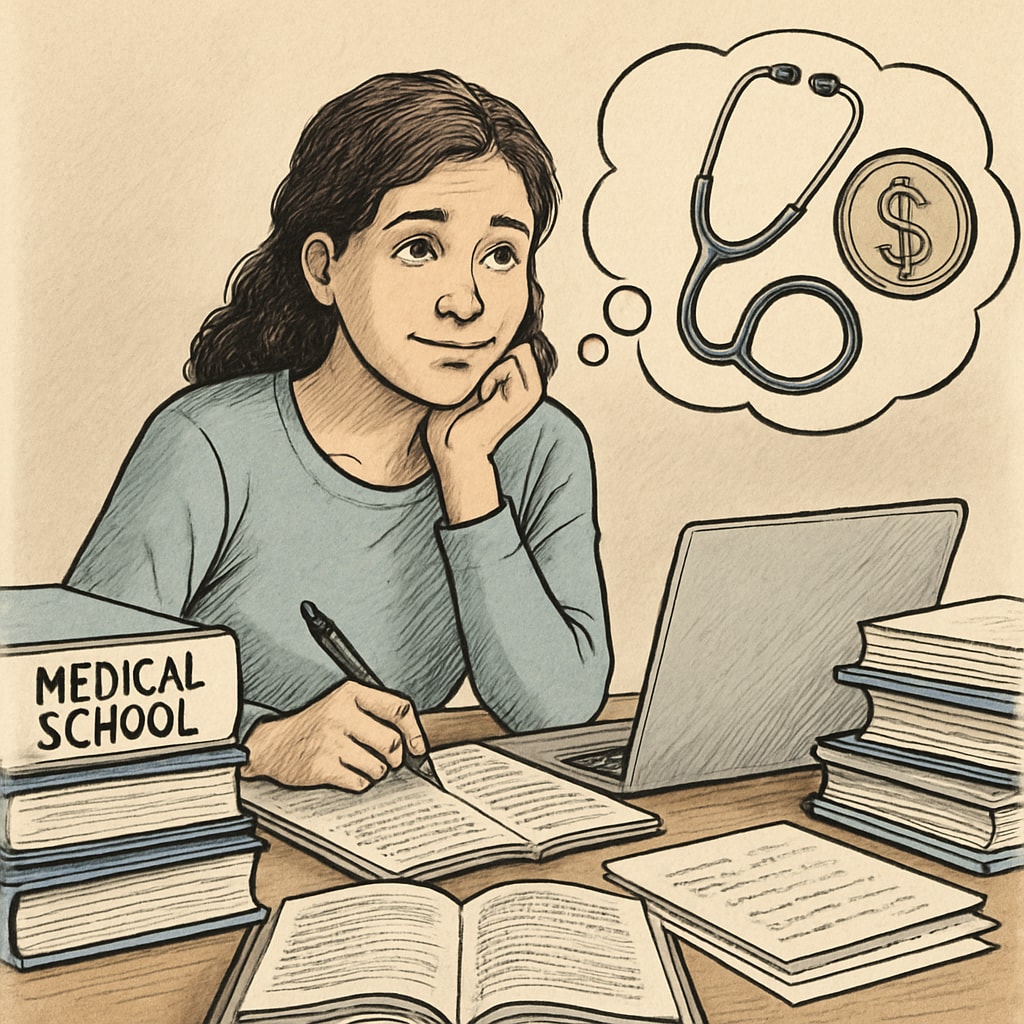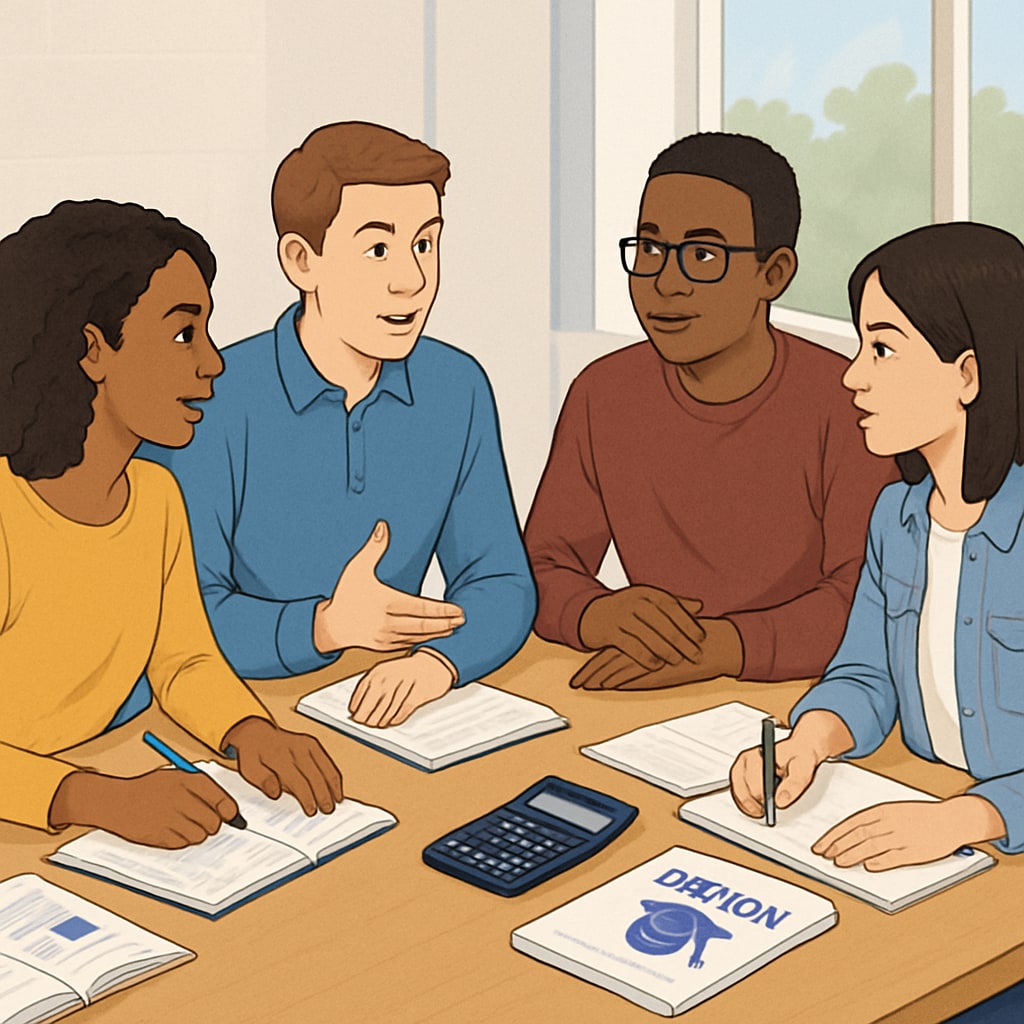For many aspiring students, the dream of attending medical school is overshadowed by a persistent obstacle: the high cost of tuition. Facing tuition challenges, students are increasingly turning to crowdfunding platforms like GoFundMe to cover their educational expenses. This growing trend highlights systemic issues within the current financial aid system and the broader inequities in access to higher education. By examining these challenges and exploring potential solutions, we can better understand how to create a more equitable academic landscape.
Why Tuition Costs Are a Growing Obstacle
Over the past decade, higher education costs have skyrocketed, making college and postgraduate education unaffordable for many families. According to Britannica, student debt in the United States now totals over $1.7 trillion, with medical students often carrying the heaviest financial burdens. Tuition fees for medical school alone can exceed $200,000, not including living expenses, textbooks, and exam costs. For low-income students, these figures are insurmountable without significant external support.
In response to this financial pressure, some students have turned to crowdfunding platforms such as GoFundMe. These platforms allow individuals to share their stories and seek financial assistance from the public. While effective in some cases, crowdfunding raises questions about the sustainability and fairness of a system where education often depends on one’s ability to market personal hardship online.

Crowdfunding: A Band-Aid for Systemic Issues
GoFundMe campaigns for tuition fees have become increasingly common, especially among medical school applicants. These campaigns often emphasize the applicant’s dedication to their field and the societal benefits of their future careers. For example, a student aspiring to become a doctor may highlight how their journey will contribute to addressing healthcare disparities in underserved communities.
However, relying on crowdfunding as a solution exposes deeper flaws in the education funding system:
- Inequity: Students from affluent backgrounds have better access to networks that can contribute generously to crowdfunding campaigns.
- Lack of Privacy: Sharing personal financial struggles online can feel exploitative and invasive.
- Uncertainty: Crowdfunding outcomes are unpredictable and may not fully cover the required expenses.
These challenges underscore the need for systemic reforms to ensure that no student is forced to rely on public donations to pursue their education.

Building an Equitable Education Support System
To address these issues, policymakers and institutions must focus on creating more robust financial aid structures. Key strategies include:
- Expanding Need-Based Scholarships: Increasing the availability of scholarships that prioritize financial need can help level the playing field for low-income students.
- Reducing Tuition Costs: Encouraging public investment in higher education can lower tuition rates, making college and postgraduate programs more accessible.
- Strengthening K-12 Support: Providing early financial literacy education and college preparation resources ensures that students understand their options before reaching critical decision points.
In addition, collaboration between private organizations and government programs could provide targeted support for students in high-demand fields like medicine, where societal benefits are substantial.
The Path Forward
The prevalence of tuition challenges, GoFundMe campaigns, and medical school application struggles reflects a broader crisis in the accessibility of education. While crowdfunding can offer temporary relief, it is not a sustainable solution. Instead, addressing systemic inequalities through long-term reforms is essential to enabling all students—regardless of their financial background—to achieve their academic and professional goals.
By prioritizing equity and accessibility, we can transform education from a privilege into a right, ensuring that dreams of becoming a doctor, teacher, or engineer are not hindered by financial barriers.
Readability guidance: This article uses short paragraphs, clear transitions, and concise language to improve accessibility. Key points are summarized in lists, and reliance on passive voice is minimized.


